Type Unicameral Speaker Marzouq Al-Ghanim | Term limits Four years Deputy Speaker Issa Al-Kanderi | |
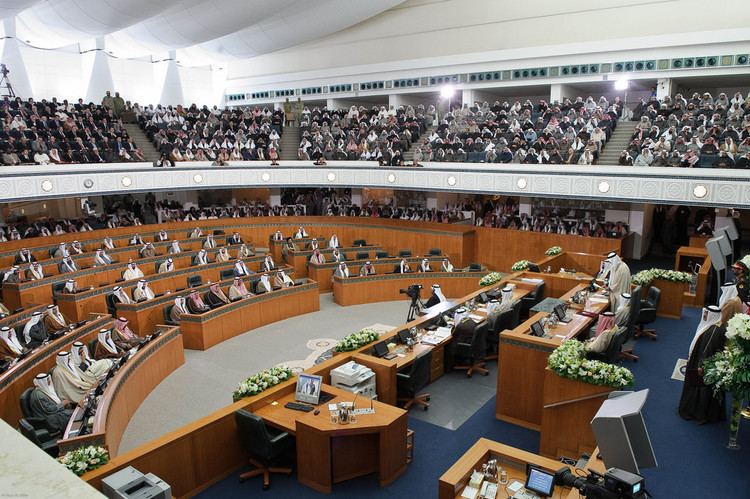 | ||
New session started November 18, 2016 (2016-11-18) Secretary Dr. Oudah Oudah Al-Ruwaiee | ||
The National Assembly (Arabic: مجلس الأمة), is the unicameral legislature of Kuwait. The National Assembly meets in Kuwait City. Members are chosen through direct election; the country is divided into five electoral districts with ten members representing each district. There are no official political parties in Kuwait, therefore candidates run as independents during elections; upon winning, members usually form informal parliamentary blocs. The National Assembly is made up of 50 elected members as well as up to 15 appointed government ministers who are ex officio members. On October 16, 2016, the Amir of Kuwait issued a decree dissolving the National Assembly citing security challenges, paving the way for early elections within sixty days. The last election was on November 26, 2016.
Contents
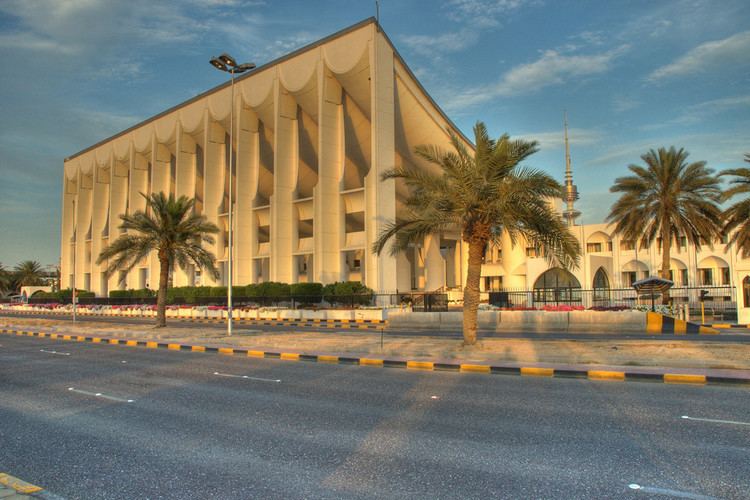
Overview
The National Assembly is the legislature in Kuwait. The National Assembly has the power to remove government ministers from their post. MPs frequently exercise their constitutional right to interpellate government members. The National Assembly's interpellation sessions of ministers are aired on Kuwaiti TV. MPs also have the right to interpellate the prime minister, and then table a motion of non-cooperation with the government, in which case the cabinet must get replaced.
The National Assembly can have up to 50 MPs. Fifty deputies are elected by popular vote to serve four-year terms. Members of the cabinet also sit in the parliament as deputies. The constitution limits the size of the cabinet to 16, and at least one member of the cabinet must be an elected MP. The cabinet ministers have the same rights as the elected MPs, with the following two exceptions: they do not participate in the work of committees, and they cannot vote when an interpolation leads to a no-confidence vote against one of the cabinet members.
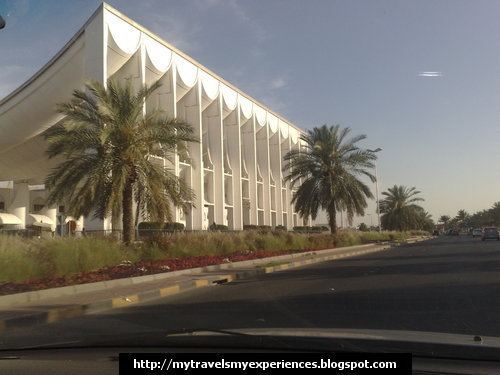
The National Assembly is the main legislative power in Kuwait. The Emir can veto laws but the National Assembly can override his veto by a two-third vote. The National Assembly (per article 4 of the Constitution) has the constitutional right to approve and disapprove of an Emir's appointment. The National Assembly effectively removed Saad al-Sabah from his post in 2006 because of Saad's inability to rule due to illness. Kuwait's National Assembly is the most independent parliament in the Arab world; it is among the strongest parliaments in the Middle East.
Dissolutions
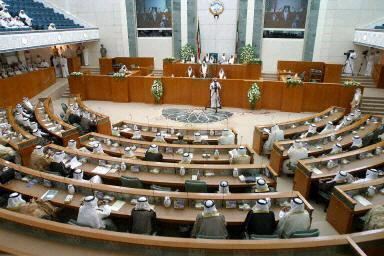
The Constitutional Court has the authority to dissolve the house and must subsequently call for new elections within two months. The Constitutional Court is widely believed to be one of the most judicially independent courts in the Arab world. The Emir also has the authority to dissolve the house and must subsequently call for new elections within two months. The Constitutional Court can invalidate the Emir's decree dissolving the parliament.
Building
The parliament building was designed by Danish architect Jørn Utzon, who also designed Sydney Opera House.
Political factions
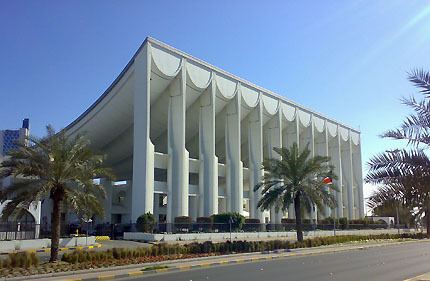
While political parties are not legally recognized in Kuwait, a number of political factions exist. The house is composed of different political factions in addition to independents:
